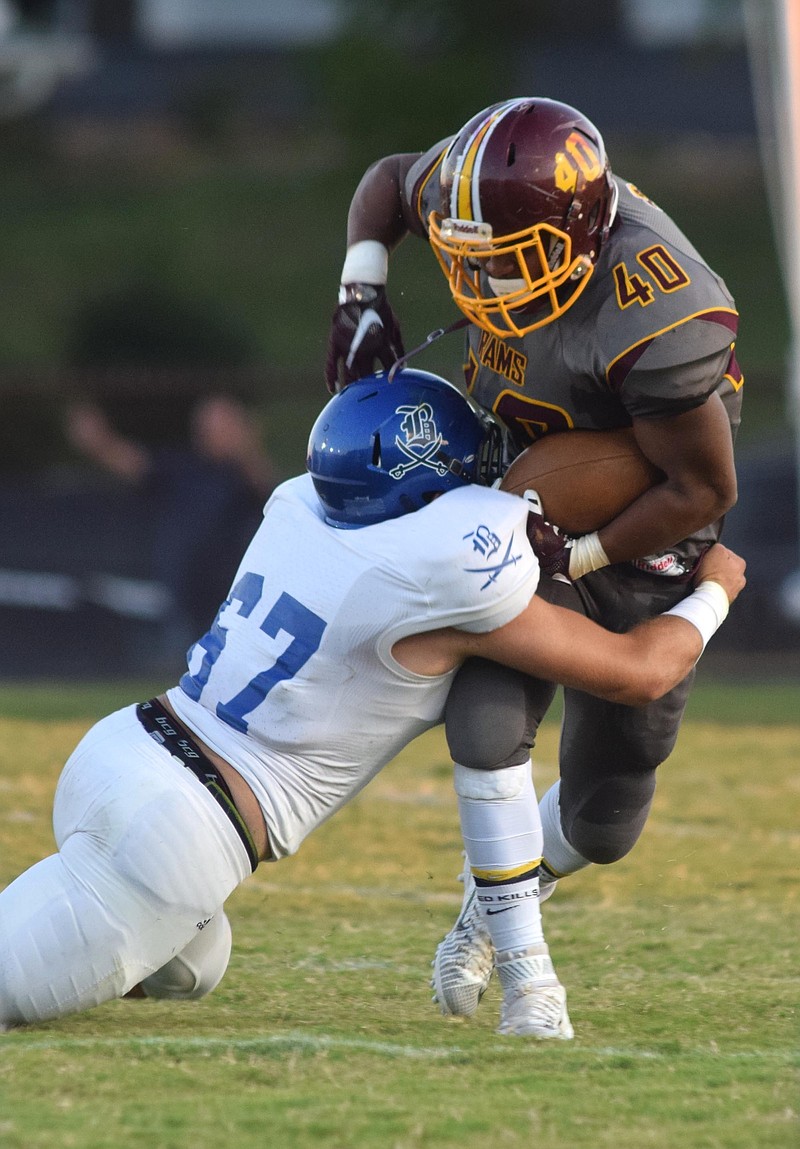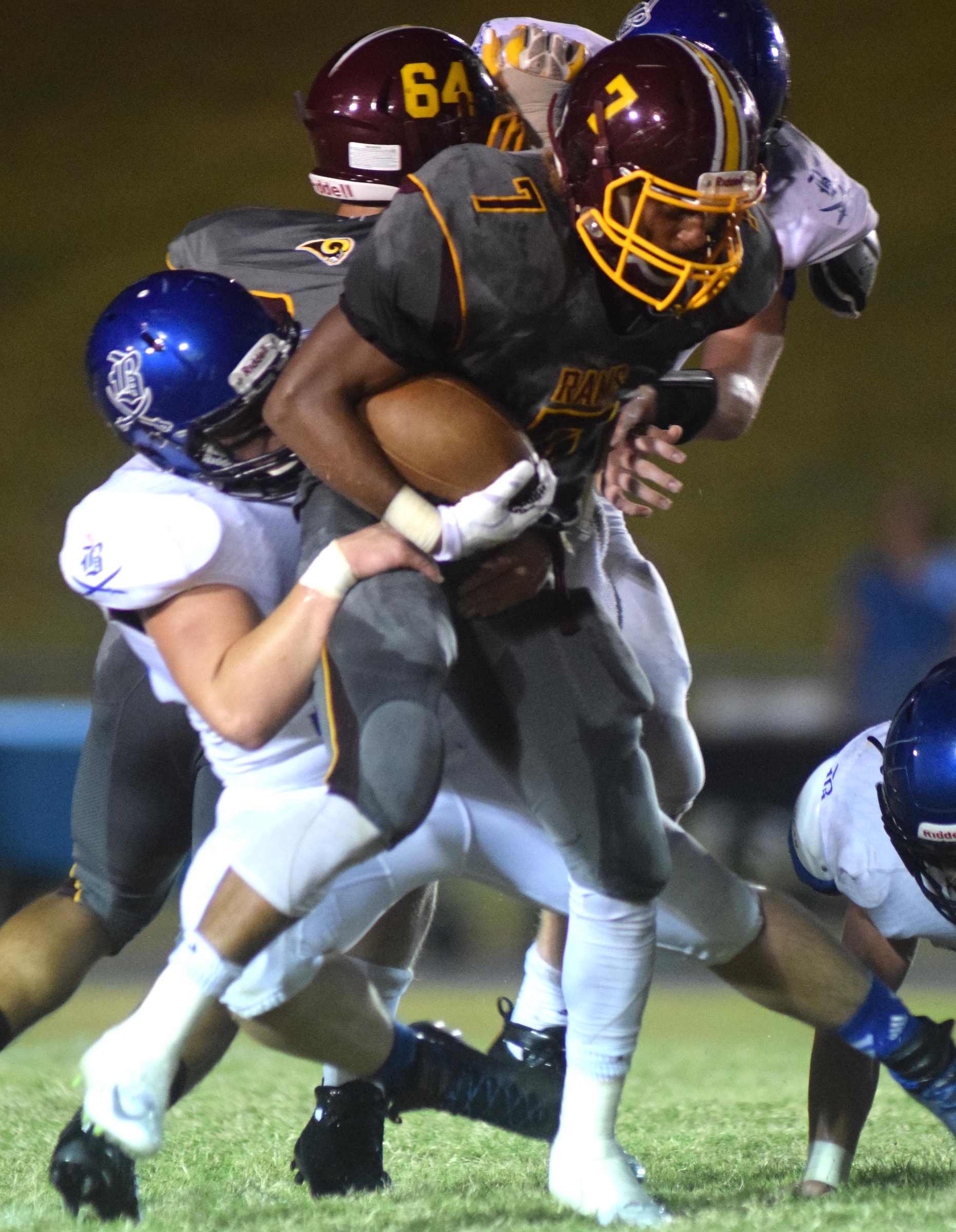Trying to devise ways to stop the spread offense has caused more sleepless nights and gray hair for defensive coordinators than worrying over teenage daughters.
In less than 10 years the spread has spread throughout the area, becoming the offense of choice for most high school teams and at time producing basketball-type scores.
The number of athletes who potentially could get the ball on a given play is much greater from the spread, which puts the onus on defenses to make one-on-one tackles in space. At the high school level, there simply aren't as many defenders who can match up and make those stops in the open field, which has resulted in more explosive plays and soaring scoring averages.
Defensive coaches counter by having fewer linemen on the field, replacing the bigger, slower bodies with more quick-footed defensive backs, trying to match athlete for athlete.
"There's really only one way to slow down a spread team. Whether they're running out of it or throwing, you have to have athletes who can win those one-on-one matchups to make tackles out in space," said Boyd-Buchanan coach Grant Reynolds, who was the team's defensive coordinator for 10 years. "We try to disguise our coverage to confuse quarterbacks as much as possible. But the faster pace of the game, with so many offenses going hurry-up now, makes it a whole lot tougher because you don't really have time to signal in adjustments on defense. That forces you to be a lot more vanilla, which puts even more emphasis on being fundamental and having a defender who can make a tackle on his own."
Because more coaches are putting emphasis on having their better athletes on offense and limiting their number of plays on defense, the game has begun to resemble video games, where yards come in large chunks and the game often is decided by who has the ball last.
The average for the area's 10 highest-scoring spread offenses is almost 40 points per game, which is two touchdowns more than the average scoring for the 10 best offenses just a decade ago.
"We have teams that will give us so many different variations from the spread that I don't understand how they have time to practice it all," Baylor coach Phil Massey said. "All it takes is for one defender to get confused on his assignment or to miss a tackle, and because the entire defense is spread all across the field, the offense is going to get a big gain. Defenses are scrambling to try to catch up to everything that an offense can attack them with out of the spread.
"When I started coaching, if you had a touchdown lead late in the fourth quarter, you felt pretty good. The speed and tempo of the game now dictates that no lead is safe. A 14-point lead with two minutes to go can evaporate quickly, because anybody can score on any snap now."
Contact Stephen Hargis at shargis@timesfreepress.com or 423-757-6293.

